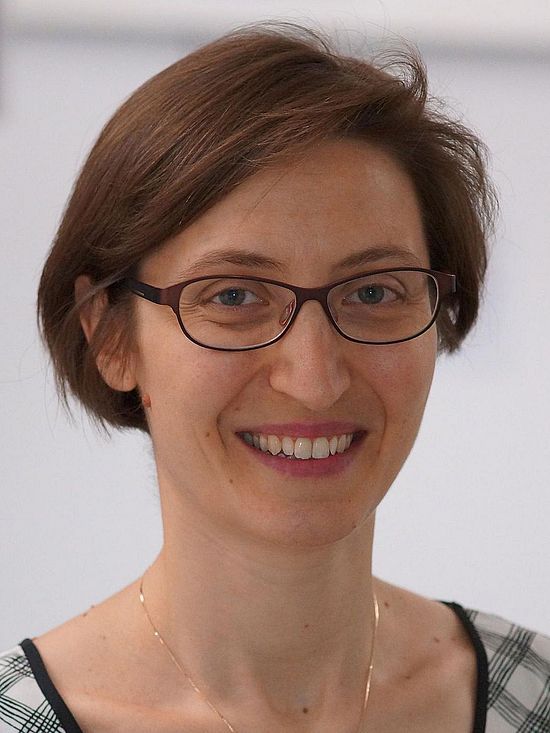
Spectroscopic PrObes for Topological phononS
The aim of this project is to investigate the topological properties of phonons using different inelastic scattering experimental techniques.
Topological materials have created a paradigm shift in the field of condensed-matter physics by moving beyond the notion of “traditional” quantum phases of matter. Most of the work done in topological materials concern the study of the electronic aspect of topology, such as in topological insulators, topological superconductors, Weyl semimetals, etc. While electronic systems prove to be rather easier to manipulate with external perturbations such as electromagnetic fields, they are also limited by their fermionic nature which means that the topological phenomena are only accessible when they occur in the bands near the Fermi level. This motivates the need to investigate the topological aspect of bosonic particles. The bosonic nature of these particles gives us access to the entire band structure, making the study of topological features more accessible. Phonons are the fundamental bosonic quasiparticles in crystalline materials that represent the quanta of lattice vibration. They are responsible for elastic, thermal and acoustic properties of the material. While topology is being heavily used in the study of materials since the last decade, the study of topological properties of phonons in crystalline materials remain in its infancy. Moreover, phonons are speculated to be an ideal platform to explore multigap topology in real materials.
In this project, we will study the phonon spectra of different material systems to experimentally observe topological signatures in their phonon dispersion from the context of both single and multi-gap topology. We will use experimental techniques such as Raman spectroscopy, Brillouin light scattering interferometry, ultrafast pump-probe spectroscopy, and inelastic neutron scattering.
Team Members
Collaborations
Funding

This project is funded by Georg H. Endress Postdoc Cluster.


